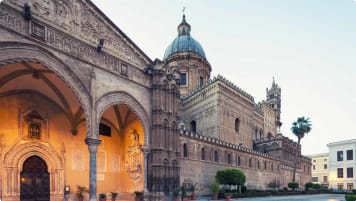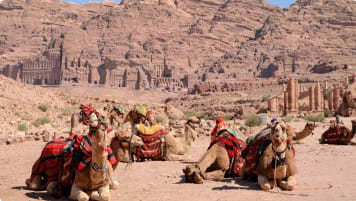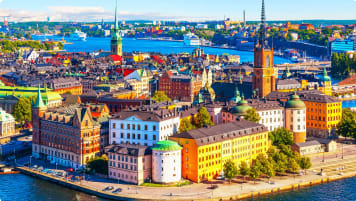Vikings in Eurasia
Article for senior couples and solo travellers interested in joining a small group educational tour learning about the history and culture of the Vikings. The Vikings did not just go west into the Atlantic but also into Eurasia exploring, trading and returning to the Arctic circle.
17 Nov 21 · 12 mins read

The “Eastern Way” lets us see the Norse in a different light – horses instead of longships, trading with nomadic tribes, fighting civil wars for foreign kings but Viking style, camels and Arabian nights. Imagining an unruly tattooed version of Aladdin replacing the magic carpet with longship and axe (probably leaving the horned helmet at home). Here we are in the Slavic steppes and these Norsemen are a different breed that ventured as early as the 6th century into the lands that belong nowadays to the Eurasian continent of Europe and Asia. This stretch of grassland extends over 8,000 km from Hungary in the west through Ukraine and Central Asia to Manchuria in the east. Mountain ranges divide the steppe, separating it into distinct segments, but horsemen could cross such barriers easily which means that historically steppe folk have been inhabiting, travelling across, and exploring the whole of the Eurasian grassland throughout most of recorded history until today.
When we think about the Viking warriors and their lust for adventures, we can conjure a picture of fearless Norsemen that launched themselves into some of the greatest civilizations known about. Viking sagas were swapped for written texts in Arabic, Greek and Cyrillic that recorded the Vikings arrival and affairs in these foreign lands via the Russian rivers. Travellers of the medieval Northern Europe came in many forms: traders, raiders, explorers, settlers, mercenaries, and political exiles just to name a few. Russia is known for its vast waterways that can be dangerous and gloriously beautiful at the same time. The Norse were the masters of the water and navigated the rivers from the northern forests, via the majestic steppe plains to the distant shores of the Black and Caspian Seas. It is believed that the Volga Bulgars were of Norse decent. A giant river was the perfect mean of transport for the water loving Vikings establishing new trade routes.
Norse raiders were from Sweden
In the early days, Norse traders and raiders came predominately from eastern Scandinavia, Sweden to be exact, using its location and eastern seashore as a stepping stone into Russia. From the islands and waterways heading east, crossing the Baltic Sea, sailing into the Gulf of Finland and there entering the waterways of Russia. Two of the most important civilisations of the medieval world sprang from these rivers and their destinations: The Dnieper originating from north-west Russia and flowing into the Black Sea. The Byzantine Empire and its capital Constantinople (present-day Istanbul) ruled the Black Sea. The Volga, being the longest river in Europe, flows through Central Russia to Southern Russia and into the Caspian Sea. During the Middle Ages present-day Middle East, western Asia, and northeast Africa (including Egypt) was part of Abbasid Caliphate.
An interesting fact to note, during the Viking Age there existed, within the army of the Byzantine empire, an elite group of mercenaries mostly from Scandinavian countries. This particular group was known as the Varangian Guard, a regiment of warriors famous for their ruthless loyalty and military prowess. Lured by wealth and fame, these were Vikings who had travelled the long road to Constantinople in pursuit of new territories bringing with them the Viking culture of their homeland. In later Russian writings, Varangians are inaccurately described as members of a Scandinavian tribe whereas they came from many different areas of Northern Europe. The term really comes from Old Norse væringi, literally meaning “sworn companion”. Unlike the more general word Rus, Varangian signifies a mercenary willing to serve in a foreign army and for a foreign king. A Viking army with Viking warriors that won’t disappoint comparing them to the dark and bloody memories captured in the Anglo-Saxon chronicle(s) of the Viking attack and Viking raid on Lindisfarne, north-east England, and Wessex lead by King Alfred.
The traders were known as Rus
The Viking men and woman who traded along these routes within a vast network that span the entire continent of Russia were called the Rus and the scholarly consensus holds that they gave their name to Russia and Belarus. They formed a state known in modern historiography as Kievan Rus, which was initially a multiethnic society where the ruling Norsemen merged and assimilated with Slavic, Baltic and Finnic tribes, ending up with Old East Slavic as their common language. A colourful bunch that didn’t lack the notorious reputation their Scandinavian relatives carried with them wherever they travelled to. A powerful dynasty was built based on the Viking’s adventures to the East Slavic lands and laid the cultural foundations to present-day Russia, Ukraine and Belarus.
Today, travellers that visit Stockholm via Arlanda airport will find a piece of medieval history standing tall and speaking a long-forgotten language inside the airport: A stone with runic inscriptions. Many places in the picturesque Swedish countryside such as Lake Mälaren, the castle of Grisholm or the cathedral of Strängnäs star rune stones and tell a story of fallen explorers that died during their journeys. Altogether, there are nearly 30 Swedish rune stones remembering men who went to the east and never returned to their homeland.
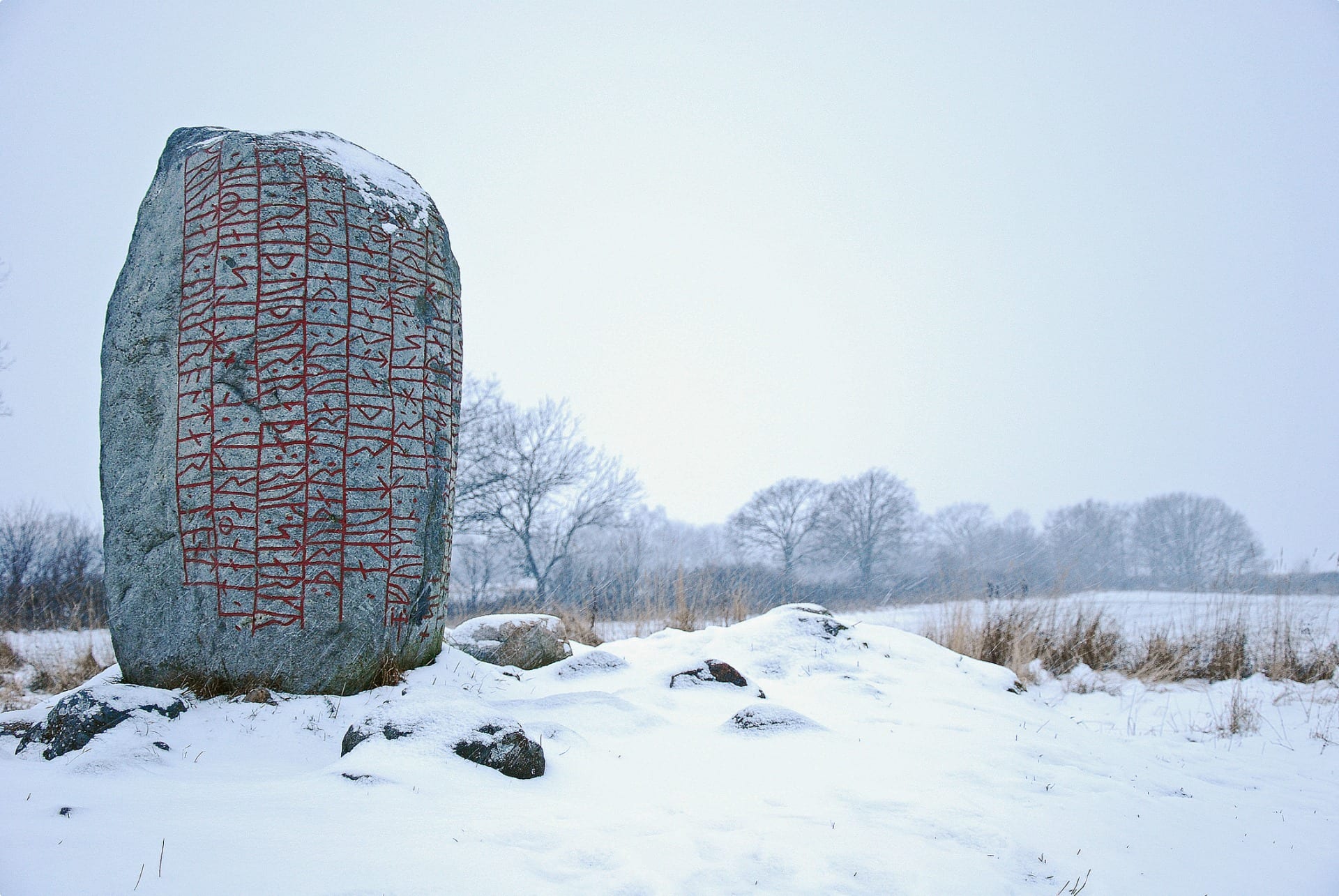
Lake Mälaren, a large body of water and dotted with picturesque islands, is home to one of the most significant archaeological sites from medieval Scandinavia and the Viking era. Some of these islands were busy international trade centres in the centuries leading up to the Viking Age. One of these islands, Helgö, had been an international trade and manufacturing site by the 3rd century AD. The lake is also home of Scandinavia’s oldest town Birka. By the 10th century, the Viking village had approx. 1000 inhabitants and was buzzing with boat builders, artisans, sailors, merchants all the while contributed majorly to the Viking heritage of the region. The water levels of the lake changed over the centuries and many islands either had not risen out of the water or are much larger nowadays. Furthermore, the lake was effectively an extension of the Baltic Sea and wasn’t a source of freshwater but rather saltwater. The largest expanse of brackish water in the world, the semi enclosed and relatively shallow Baltic Sea is of great interest to scientists, while to historians it represents the economic core of the Hanseatic League, the great medieval trading group of northern European ports. The Hanseatic League was an influential medieval commercial and defensive confederation of merchant guilds and market towns in central and northern Europe.
Runes were story boards
Deep in the Swedish forests the runes were used until the early 20th century, just as the inhabitants kept their very own language Elfdalian, which is considered a true treasure for Scandinavian linguists. The runic script was the main written language in Denmark and the rest of Scandinavia until the advent of Christianity in the 9th and 10th century introduced the Latin alphabet. Elfdalian sounds like something straight out of Tolkien’s Middle Earth rather than in a remote Swedish forest. But the small town of Älvdalen, which gives the language its name, is not the Elven “Last Homely House” of Rivendell. It is one of the last remains of an ancient tongue that preserves much of Old Norse, the language of the Vikings.
“Most nations have a founding myth. The Romans had Romulus and Remus. The Anglo-Saxons had Hengest and Horsa. And the Kievan Rus had a Scandinavian prince called Rurik…” (Barraclough, ER 2016, Beyond the Northlands, Oxford University Press, Oxford)
Prince Rurik
The legendary Rurik set himself up in Novgorod (north western Russia) in 862 and this point in time is often recognised as the noticeable staring point of Russian history. His rule and lineage, called the Rurikid, remained strong for many centuries and the legendary Ivan the Terrible (1533-47) was of the Rurikid line. The Russian Primary Chronicle, a history of the Kievan Rus recorded in 1113 in Kiev, holds all the stories, secrets and potential legends that might be true or far from that – we will never know. Two centuries later the centre of leadership was moved south to Kiev and the Kievan Rus were born. Historically, nationalism, the politically climate of the Soviet Era, and the divide between East and West put an emphasis on the Slavs and their role in the founding of Russia. The Scandinavian involvement was minimized and forgotten on a larger scale than most know. It is not debated that the Slavic tribes played a major role in the colonization of these areas – and most likely always were the majority – but nevertheless a strong Nordic influence amongst the Rus can’t be obliterated.
Vikings in the Middle East
The medieval Norse swapped the icy cold of the northern countries for the dirty red desert heading south to the centre of the earth as the Middle East was called. How strange it must have felt for the Vikings to find themselves in this hot, dusty heat bound for Jerusalem which was often shown on maps of the Middle Ages as the middle of the world. Unforgiving southern sun and burned earth. Not the Viking world the Norse were used to, and many were happy to eventually return to the colder regions of Northern Europe – re-joining the Viking society which seems almost too orderly compared to the melting pot of vivid cultures, political disputes and religious division that Jerusalem was and still is.
Saga of the Orkneys
What would be a story about a great Viking voyage without some Norse mythology, an Icelandic saga and a Viking warrior that made written history in more ways than others? In relation to the voyages east and south, Viking history is captured in the Saga of the Orkney Islanders (Orkneyinga saga) which was written in mid-13th century. It chronicles many generations of Viking men and women who lived in Orkney (present-day Scotland, British Isles), which was a well-known Norse colony until the 15th century. Jarl Rognvald is a significant figure in this saga, and he is the adventurer that travelled to the Holy Land in the south. It would have been a long and dangerous journey towards the south and Jerusalem in modern-day Middle East, located at the eastern end of the Mediterranean Sea, wouldn’t have been less challenging though a fascinating place for sure. Nowadays, visitors to Kirkwall, the largest town in Orkney, will be able to see a Norse cathedral – the St Magnus Cathedral. It is an elegant Romanesque building and Rognvald himself had the cathedral build in 1137. The saga indicates that he didn’t build the cathedral to show his Christian devotion but rather used it as political tool to win over the islanders.
While the Vikings are perhaps best known for gathering wealth by plunder, levies, and conquest, they were also able and thriving traders. The Vikings established various trading centres both in Scandinavia and in other countries and continents, as well as a few long-distance trading routes during the Viking Age. Viking trading centres and trade routes would contribute to enormous wealth and deliver plenty of exotic goods such as Arabian coins, Chinese silk or Indian gems to their homelands. The Volga and Dnieper Trade Routes were the two main trade routes that connected Northern Europe with Constantinople (Byzantine Empire), the Kingdom of Jerusalem, Baghdad (Abbasid Caliphate), the Caspian Sea, and the end of the Silk Road. The silk road would have brought many foreign faces, creates and cultures into the perspective of the Vikings planet that wasn’t just Scandinavia anymore. An interesting fact to note is that silk was found in the Oseberg burial, the richest Viking burial mound ever discovered. The Oseberg ship is a well-preserved Viking ship discovered in 1904 in a large burial mound at the Oseberg farm near Tønsberg in Norway. This ship is commonly acknowledged to be one of the most significant artefacts that have survived from the Viking Era and is a fascinating, astonishingly well-preserved piece of Viking history. This gives us a little insight into the production, trade and consumption of silk during the Viking Age and how it made its way all the way from China to the shores of Northern Europe.
The voyages to the Holy Land weren’t only long and dangerous but also expensive. Due to this fact, we must assume that these adventures were mainly reserved for the rich folk and the Icelandic sagas speak a lot about pilgrimages to Rome which might have been an easier destination to reach. Whether it was the sense of fernweh that drove these journeys or whether it was the desire to atone for their bloody sins that Viking men and women committed under the Northern Lights, the historical evidence of the Nordic pilgrimages to Persia and beyond is vast and fascinating.
The Norse called Constantinople “the big city” and today we recognize Istanbul as a buzzing, international hub of trade, intercultural exchange, subcontinental diplomacy, and a strategic centre point of the Eurasian continent which became the mainstream of world history for two millennia. It started out as a Greek colony called Byzantium (founded in 7th century BC) and was renamed by the Roman emperor Constantine in AD 330 to Constantinople. Today we recognise Constantinople as the capital of the Byzantine Empire but in its early days it was regarded as a continuation of the Roman Empire, an international seat of power stretching its influence all the way to Europe and Constantinople was the heir to Rome. The seat of ethnic diversity and an urban centre that has turned over the centuries into a financial, religious and cultural melting-pot. The Bosphorus, also known as the Strait of Istanbul, is a narrow, natural strait and an internationally significant waterway located in north-western Turkey. It forms part of the continental boundary between Europe and Asia, and divides Turkey by separating Anatolia from Thrace. As with any other great civilisation that was well documented, we will also find in the history of Byzantium that historical drama occurred more than once. Wars, economical disasters and political struggles happened over many centuries and present-day Istanbul lost its significance at some point in history. Nonetheless, a Viking raider on occasion turned Viking trader and a city with power, wealth and a deep sense of adventure were the perfect fit.
In perfect Viking warrior fashion, the Rus tried to invade Constantinople in 860 via the Bosphorus and brought with them around 200 Viking ship(s). In this instance, the Rus departed after a few weeks and left the city in peace. Later, the Rus returned with a stronger Viking force and other local warriors had joined the Vikings in their mission. The attack triggered the Byzantine empire to offer a treaty with trade-pacts and promises of supplies for merchants and warriors leaving the city.
The sagas often speak about Viking heroes that lived a colourful life in these foreign lands. But often the sagas also refer to landmarks and important architectural monuments that survived the test time and are silent witnesses of events that made history in bygone days. One of these important monuments is the Hagia Sophia, officially the Holy Hagia Sophia Grand Mosque, and formerly the Church of Hagia Sophia. Byzantine Emperor Constantin commissioned construction of the first Hagia Sophia in 360 A.D. and the place of worship was designed by the Greek geometers and architects Isidore of Miletus and Anthemius of Tralles. It is a Late Antiquity site – late antiquity is a periodization used by historians to describe the time of transition from classical antiquity to the Middle Ages in Europe and adjacent areas bordering the Mediterranean Basin.
The Blue mosque and Vikings
A second but not less important, and magnificent, building in Istanbul is the Sultan Ahmed Mosque, also known as the Blue Mosque. It is an Ottoman-era historical imperial mosque and is a functioning mosque that also attracts large numbers of small group tour visitors. It was constructed between 1609 and 1616 during the rule of Ahmed I. So why is the Sultan Ahmet Mosque also called the Blue Mosque? Because its interior is covered with more than 20,000 handmade İznik tiles (named after the town of İznik in western Anatolia), a ceramic that is turquoise in colour with red tulip designs. The mosque’s upper levels are also painted blue, with natural light flooding in from the more than 200 stained-glass windows. The Blue Mosque architecture has the energy of traditional Islamic arts, influences of Ottoman architecture and some glimpses of Byzantine features inspired by the Hagia Sophia. It served as a centre of religious, political, and artistic life for the Byzantine world and has provided us with many useful scholarly insights into the era of the Byzantine Empire and beyond. It was also an important site of Muslim worship after Sultan Mehmed II conquered Constantinople in 1453 and still stands tall when the Ezan, the prayer calls, can be heard throughout the streets of Istanbul five times a day.
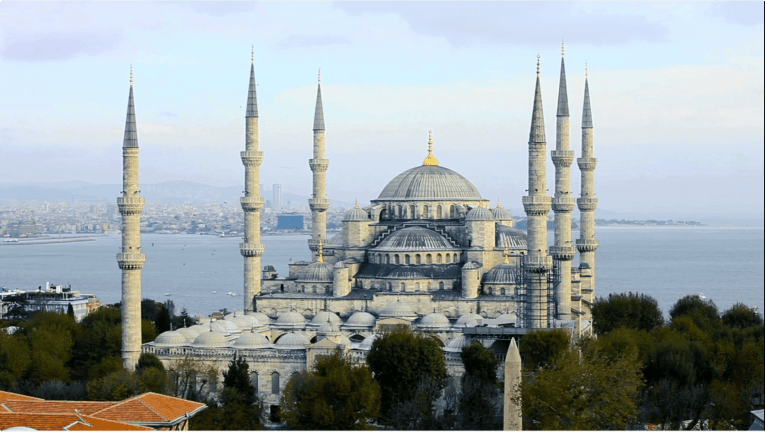
The echoes of these regions’ Byzantine past can be felt and seen in many places and the world that the Norsemen experienced is still as vividly fascinating then it was many centuries ago. In the Middle Ages, geography and maps showed the world from a different point of view and objectivity depended on the person creating the map and most likely what they wanted to show rather than what was reality. Besides being pictorial descriptions of the outside world, these magnificent maps had also an educational purpose in a broader sense. They were used for teaching natural history and classical legends and reinforcing religious beliefs. A wonderful example of such map is the Herford mappa mundi which contains not only geographical features and facts but also incorporates everything that would make a good saga. It shows Jerusalem at the centre of the map and with that focuses on Christianity at its core. This mappa mundi is housed in Hereford Cathedral and is one of Britain’s finest medieval treasures and one of the best-known, most-reproduced geographical artefacts of the Middle Ages. Maps like these show us geographical limits that might have been driven by the lack of knowledge, but we are also once again reminded that perception is a very personal concept.
In the modern world, travellers will be able to experience the wonders of the Middle East in small group tours that will not only broaden personal geographical limits but will also foster a change in perspective relating to the cultures and religions of our planet. Who would have thought that a Viking small group tour doesn’t necessarily have to start in Greenland, Iceland or Sweden but will take you on a Viking history tour much further south to the “centre of the earth”.
Related Tours
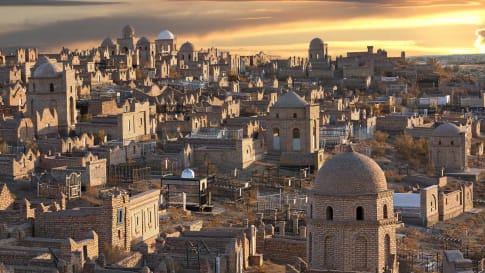
27 days
May, AugThe Stans Small Group Tour: Uzbekistan, Kazakhstan, Kyrgyzstan, and Turkmenistan
Visiting Kazakhstan, Kyrgyzstan
This Odyssey is designed for the adventurous traveller, a couple or solo traveller on a small group tour who is prepared for a range of accommodation styles, for walking excursions and some long travel days in 3 Central Asian countries. The program combines experiences with great scenery, ancient and modern histories, family visits and lifestyles that differ dramatically.
From A$16,750 AUD
View Tour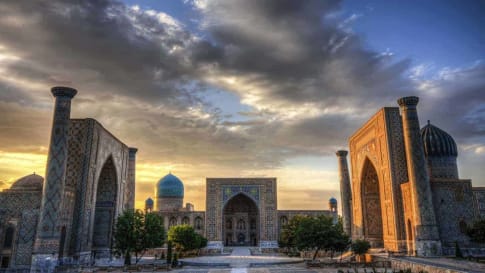
29 days
Aug, May, SepTravel on the Silk Road with Odyssey Traveller | Small Group Tour for Seniors
Visiting China, Kyrgyzstan
The Silk Road is an ancient trade route linking China and Imperial Rome through Central Asia. Few areas in the world remain as unexplored or offer such richness in terms of ancient and modern history, culture, and scenic diversity as Central Asia. Our Small group Silk road tours itinerary explores the Road through remote deserts and mountainous environments as we visit key sites between Xi'an and Bukhara.
From A$18,750 AUD
View Tour
17 days
May, SepIceland cultural and wilderness small group tour
Visiting Iceland
Our escorted tour gives guests an insight into the history of this Icelandic nation. Travelling as a small group, our daily itineraries explore the Jokulsarlon Glacier Lagoon and others, national parks and majestic waterfalls as we learn about Iceland’s natural heritage and its Viking past from experienced local guides. There is a single supplement for solo travellers.
From A$18,995 AUD
View Tour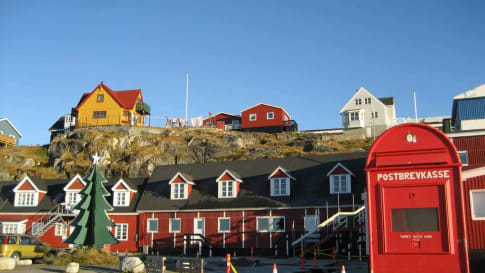
4 days
Sep, MayDiscover Greenland | Small Group Tour for Seniors
Visiting Greenland
Greenland is the largest island in the world, the majority of it lies above the Arctic Circle, and it is part of Denmark. Few places are quite so difficult to reach, we fly from Reykjavik to Nuuk. During this small group tour we have ensured that our travellers gets to this conversation-stopping land and, while we are there we obtain the most comprehensive overview of this vast landmass. We visit during the summer, experiencing the burst of seasonal flora, which caused the early voyagers to name it Greenland.
From A$6,450 AUD
View Tour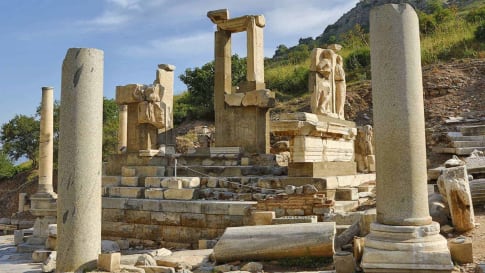
21 days
Apr, AugSmall group tour of Ancient Turkey
Visiting Turkey
As a travel company we seek to keep guests off the beaten path. Trips that are remembered for authentic experiences. Our small group journeys in Turkey are fully escorted by an experienced local guide and an Odyssey guide to give this type of experience whether at one of the many UNESCO World heritage sites explored or local bazaars. It is always about the adventure and memories that we will create.
From A$17,295 AUD
View Tour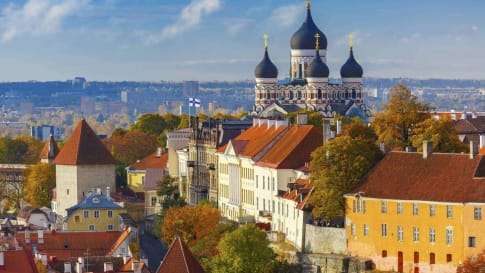
21 days
Sep, MayBaltics Small Group Escorted Tour: Latvia, Estonia, Lithuania
Visiting Estonia, Finland
An escorted small group tour to the Baltic States of Europe that explores the key destinations of this region starting in Berlin, then making its way through Poland, Estonia, Latvia, Lithuania, Finland and concluding in St. Petersburg. Each day has scheduled itineraries supported by local guides who share knowledge and authentic experiences of the places visited. This is small group travelling to the Baltics for like minded people.
From A$13,995 AUD
View Tour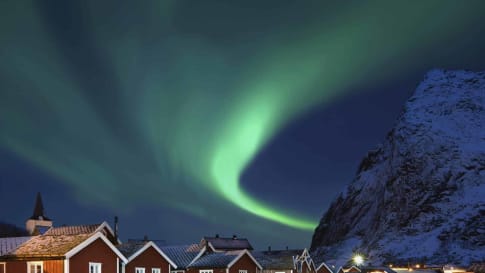
10 days
Oct, JanNorthern Lights Small Group tour | Visit Norway and Finland
Visiting Finland, Norway
Odyssey's small group tour following the Northern Lights allows you to experience serene snow-covered Arctic landscapes. Throughout our journey guides and specialists will outline the history of this stark region and the nature of the peoples who wrested their living from it. A unique opportunity to view this natural phenomenon travelling as part of a small group.
From A$9,625 AUD
View Tour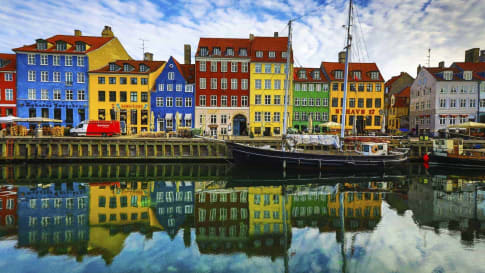
13 days
Jun, SepScandinavia tours for mature travellers
Visiting Denmark, Norway
Uncover on a small group tour for couples and solo travellers, a Viking past and view of the world’s biggest fjords on this journey through Scandinavia. In low-lying Denmark our small group journey takes us to visit the Zeeland, the sea land, and our program includes the vibrant capital of Copenhagen. In Norway we travel through endless forests, skirting great fjords to Bergen.
From A$14,995 AUD
View Tour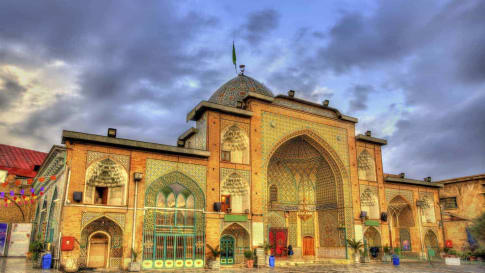
17 days
Sep, Nov, AprIran Culture and History Escorted Small Group Tour for seniors
Visiting Iran
Unlike its neighbours to the west and northwest, Iran had not adopted Christianity and it was the explosive spread of Islam and its ready adoption, without the Arabic language or customs, which helped unite the culture and greatly enrich Persian heritage. This small group tour program includes the great cities of Iran, historic sites, mosques, gardens, bazaars and teahouses for couples and solo travellers.
From A$11,825 AUD
View TourRelated Articles
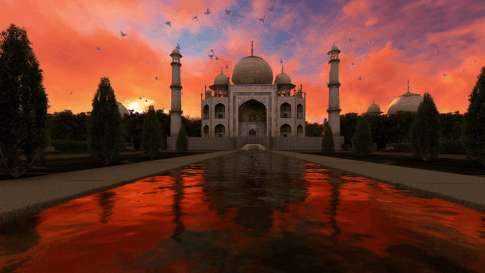
India's Mughal Empire
India’s Mughal Empire More than 4 centuries ago the Mughal empire was an immensely successful empire, covering the entire subcontinent of India and reaching a population of 100 million at its peak. It is because…

Mughals and Marathas: The Definitive Guide
The Clash of the Mughals and the Marathas The Mughal Empire officially ruled in India from approximately 1526 until 1856. Unofficially, however, Mughal reign became obsolete much sooner than 1856. It was in the later…

Questions about Kazakhstan for senior travellers.
Explore and learn about on a Seniors small group tour of Kazakhstan and its pastoral, cultural and historic settlement.Witness a rocket launch at Baikonur .

Turkmenistan; journey for the curious
Turkmenistan: a journey for the curious Brimming with a vibrant population of around 5 million people, Turkmenistan is hospitable and welcoming to tourists, despite its history of political problems. Its vast landscape is mostly desert,…

Explore Uzbekistan: The Definitive Guide
Exploring Uzbekistan In a 2018 article, The British newspaper The Telegraph described Uzbekistan as “the most fascinating country you’ve never been to”. Decades of isolation, particularly during Soviet rule, have pushed it down the list…

Early Russian History and its Key Figures
Early Russian History and its Key Figures It is probably unsurprisingly that the largest country in the world, encompassing Eastern Europe and Northern Asia, with its ever-changing landscapes, multiple timezones and diverse inhabitants, would also…
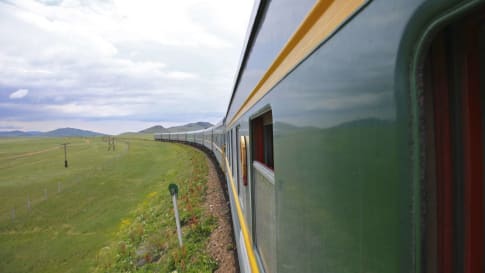
Trans-Siberian Railway: Travel advice
The Trans Siberian rail journey, often a must do for many travellers. Join a small group package tour travelling on the Trans Siberian for mature and senior travellers, couples and solo travellers. Vladivostok, Krasnoyarsk, St Petersburg, Irkutsk all feature on this unique rail journey.

Sami People of the Arctic
The Sámi people are the only indigenous people of the European Union and are one of the oldest living cultures of our planet. Article for senior couples and mature single travellers curious about the Samii people and Viking culture that stretches across the Faroe Islands, Norway, Sweden and Finland on a small group educational tour.

Sami culture within the Vikings
Article about the Sami culture of the Arctic circle for small group educational tours for senior couples and mature single travellers interested in learning about the Vikings and their journeys into the Atlantic and south across Russia.
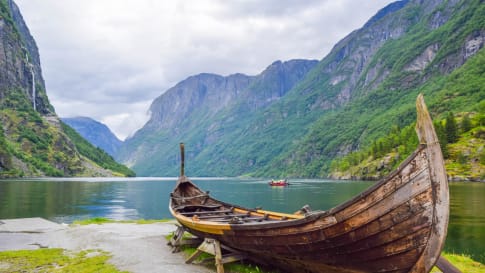
The Vikings
Vikings explored, pillaged, settled and traded their way in 300 years across the North Atlantic in the Longships to Iceland and Greenland or south through Europe/Russia to Istanbul and Persia. Learn more on a small group educational tour for senior couples and mature solo travellers interested in Viking history.
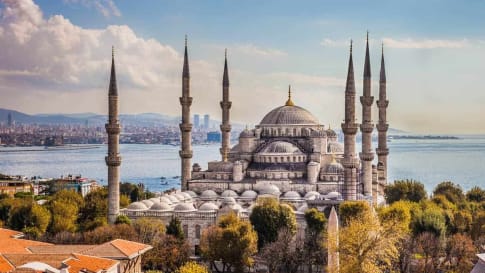
An overview of the history of Turkey for the escorted traveller.
For the senior traveller Turkey is an interesting continuum in human settlement from Neolithic to the Romans through to Ottoman period. Enjoy one on the best guided small group tours of Turkey after reading this article.

Anatolia to Ottoman Empire: Definitive Guide for Travellers
Turkey: From Anatolia to the Ottoman Empire | Small group history tours Turkey The Ottoman Empire, also historically known in the West as the Turkish Empire, was a superpower that lasted for 600 years. Parcelled…
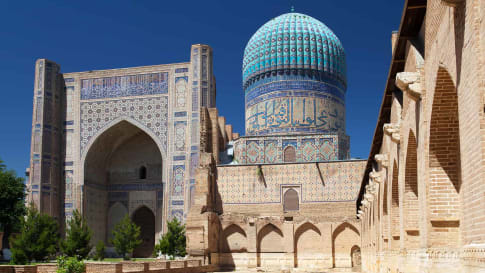
Elements of Mosque Architecture
The word "mosque" often brings to mind not this simple prayer space, but the ornately decorated monuments built by powerful Islamic rulers.
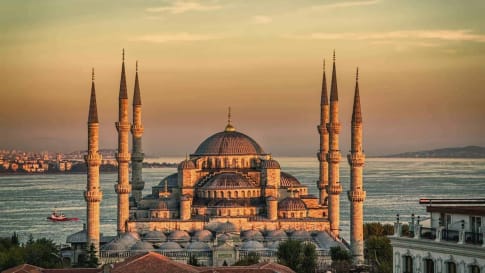
Istanbul, Imperial City: The Definitive Guide
Istanbul, Imperial City | Small Group History Tours Turkey For more than a thousand years, Constantinople stood as the capital of the Byzantine Empire, surviving numerous attacks and internal rebellions, until the cannons of the…

Ottoman Empire: The Definitive Guide for Travellers
The Ottoman Empire, c. 14th-20th centuries | Small group history tours Turkey The Ottoman Empire once extended from Iraq to North Africa, from Arabia to the Balkans, even pressing to the walls of Hapsburg Vienna…

Discovering Scandinavia: Sweden's history and culture
Discovering Scandinavia Sweden‘s history and culture. This is the second article in a three part series on Scandinavia. We learn about Sweden’s history, as well as its famous design principles. Stay tuned for part three…

The Viking's Woollen Sails
Vikings and Their Use of Wool for Sails This educational article aims to help senior travellers immerse in the world of Vikings before they take part in a memorable travel experience across Scandinavia. It helps…
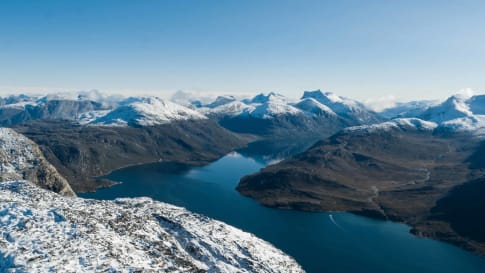
Viking History of Greenland
The Vikings explored the Arctic circle for 5 centuries reaching Greenland as well as North America. Learn about the history of the Vikings before enjoying a small group tour for senior couples and mature solo travellers.
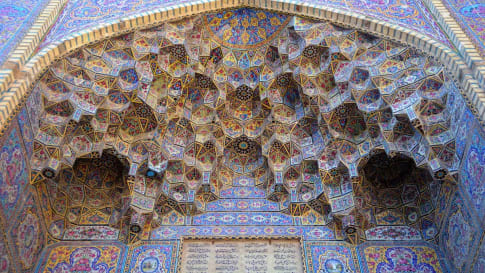
Beauty and Artistry in Iran: The Persian Garden and Persian Mosaic Tiles
Guide to Persian Mosaics and Gardens | Small group tours Iran Beauty and artistry can be seen everywhere in Iran, and its philosophy and religious beliefs are reflected in the country’s public and private spaces.…
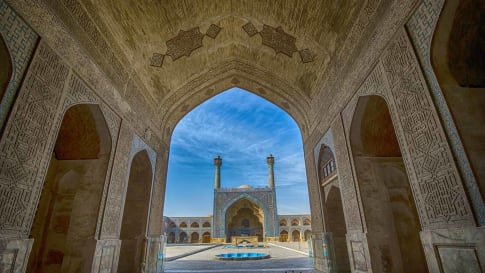
History of Mosques in Iran and Central Asia
During the Islamic period of Iran, glazed bricks were used to create breathtaking and mesmerising wall and ceiling designs in mosques. Click through to read more.


